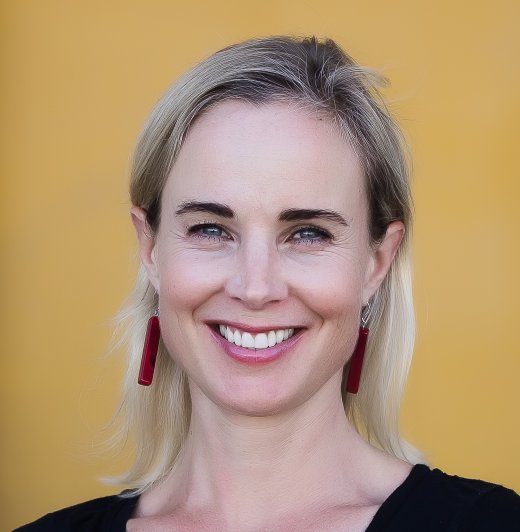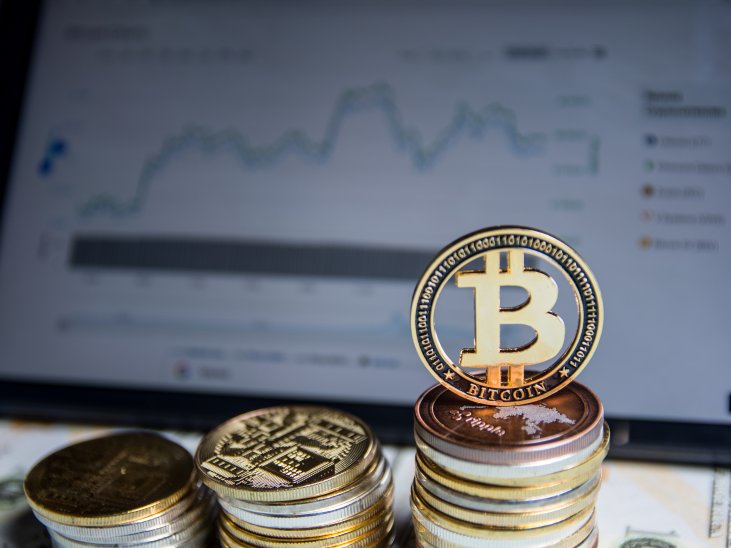Digital sustainability is about more than just data protection

Emma Day is a human rights lawyer specialised in children’s rights and technology. She is a senior consultant at UNICEF, where she works for the Office of Global Insight and Policy in New York. Here, she explains why, in today’s digital age, all governments and businesses should remember that children have rights too – and they extend beyond online safety and data protection.
What does ‘digital sustainability’ mean within UNICEF, and why is it so important to you as an organisation?
Although we don’t actually use the term ‘digital sustainability’ within UNICEF, we are definitely very involved in this. UNICEF is mandated by the United Nations General Assembly to advocate for the protection of children’s rights, to help meet their basic needs and to expand their opportunities to reach their full potential. We work with all our partners towards the attainment of the Sustainable Development Goals (SDGs) and the realisation of the vision of peace and social progress enshrined in the Charter of the United Nations from the perspective of children. As children’s lives are increasingly becoming entwined with technology – and at an ever-younger age – it is imperative we ensure that the SDGs are also applicable in the digital environment. However, the current process of digitalisation is associated with power imbalances between those who develop and run digital platforms and children who use these technologies. Current digital government and data government regimes do not account for children sufficiently. Children account for a third of all internet users, so this obviously affects children too. Moreover, children are more vulnerable than adults and are less able to understand the long-term implications of consenting to the collection of their data.
But for us it’s not only about data protection. Besides ensuring that digital technologies are used in a rights-respecting way that minimises any harm caused to children either in the short or long term, as UNICEF we also want to maximise their benefit to children; access to the internet can empower children, provided that the right safeguards are in place. So in a nutshell, digital sustainability underpins UNICEF’s work to harness digital technology and data for good to help to solve some of the world’s most pressing development and humanitarian problems, and to enable this to continue into the future. We have recently received extra guidance in this by the General Comment on children’s rights in the digital environment, which was published by the Committee on the Rights of the Child (CRC) in 2021. This explains how all of the child rights contained in the CRC also apply in the digital environment. Without digital sustainability, it will be difficult to advance the rights contained in the CRC around the world.
What is the current state of legislation relating to digital sustainability from the perspective of children?
Many countries still lack legislation regulating how companies should work towards digital sustainability. This is partly because the technology is developing faster than the policy. Therefore, UNICEF is working with governments to improve regulation and self-regulation. One example of this is the manifesto on good data governance for children that we released last year. We are also working with Sitra, a Finnish think tank, to conceptualise what a fair data economy would look like for children. One key aspect of this would be the idea of giving children greater agency or ‘sovereignty’ over the use of their data, in accordance with the evolving capacities of the child in terms of their age and maturity – which is a very important principle for us. Besides this, it is important that children have data literacy and a better understanding of how the data economy works and the implications of data sharing and processing. This would allow children to make truly informed decisions and would strengthen the all-important foundation of trust. Much of the data governance work is being done in the EU and other high-income countries, but UNICEF is an international organisation with offices in more than 130 countries. Therefore, we’re keen to also involve thought leaders from the rest of the world to co-create a fairer and more sustainable digital economy for children everywhere, especially in what we call the ‘Global South’.
What is the level of awareness among commercial organisations?
Meanwhile, because governance can be a long, slow process, we are also encouraging companies to take more responsibility for implementing children’s rights rather than placing the burden on children to protect their own data. On a positive note, this is a rapidly moving space. Whereas the focus used to be mainly on online safety, which is extremely important, it seems that technology companies are now starting to become more aware of the need to also protect children’s rights to privacy and other rights affected by data processing. This is partly thanks to the growing number of children’s codes, such as the Age-Appropriate Design Code in the UK, and similar codes in Ireland, France and the Netherlands. In fact, some of the BigTech companies have recently adapted their approach to reflect these codes. In April, I chaired a panel discussion at the International Association of Privacy Professionals (IAPP) Global Privacy Summit in Washington DC. During the event, Apple explained that it had introduced heightened protections for children relating to device processing, transparency & control and data security, and was minimising the collection and use of data. There was a really strong turnout, including from private-sector organisations, so more and more companies seem to be realising that they need to start grappling with this.
Which indicators can or could be used to monitor a company’s level of digital sustainability?
For companies to be truly digitally sustainable, they need to be environmentally responsible and respect human rights. There are some existing indicators to help companies to do this by carrying out a child rights impact assessment as part of their human rights due diligence, and by complying with ESG indicators. Additionally, the European Data Protection Board is due to issue guidance on the protection of children’s data rights in the next couple of years. Although this won’t be binding, it will reflect the common position and understanding with which the authorities agree to apply.
Do you have any good examples of how digital sustainability has been put into practice?
UNICEF recently took part in the MyData 2022 conference. The MyData Global non-profit organisation has many members who are building digital services that allow users to have more control over their own data and greater data portability. MyData4Children, which is a thematic group within MyData Global, is working on helping its members understand the importance and specific requirements regarding the use of children’s personal data. In turn, this understanding helps service providers and developers to tailor their services for children, such as for use with EduTech products in schools or so that children can provide their age or other identity credentials to businesses or governments in the least privacy-intrusive way.




